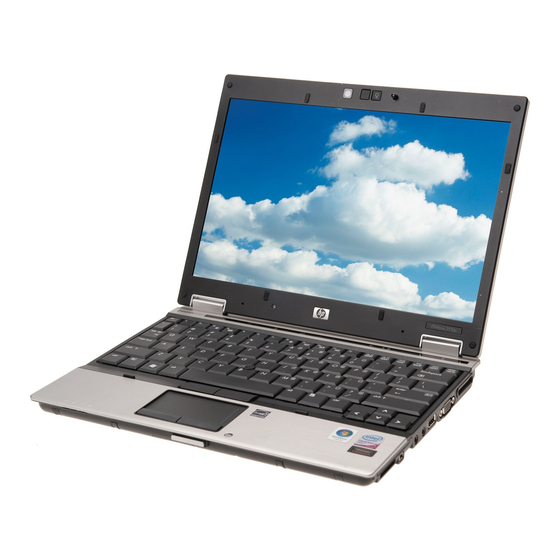HP 2530p - EliteBook - Core 2 Duo 2.13 GHz Manuallines - Страница 8
Просмотреть онлайн или скачать pdf Manuallines для Настольный компьютер HP 2530p - EliteBook - Core 2 Duo 2.13 GHz. HP 2530p - EliteBook - Core 2 Duo 2.13 GHz 12 страниц. Notebook pc
Также для HP 2530p - EliteBook - Core 2 Duo 2.13 GHz: Технические характеристики (36 страниц), Руководство по эксплуатации (16 страниц), Руководство пользователя (15 страниц), Руководство по работе с сетью (16 страниц), Технические характеристики (2 страниц), Руководство пользователя (27 страниц), Руководство по настройке (19 страниц), Обзор (16 страниц), Руководство по установке программного обеспечения (8 страниц), Manuallines (6 страниц), Руководство по установке и настройке (18 страниц), Установка драйверов (20 страниц), Руководство (20 страниц), Manuallines (7 страниц), Руководство пользователя (31 страниц), Руководство пользователя (46 страниц), Руководство пользователя (44 страниц), Руководство пользователя (42 страниц), Технические характеристики (45 страниц), Руководство пользователя (30 страниц), Руководство пользователя (24 страниц), Quickspecs (46 страниц)

